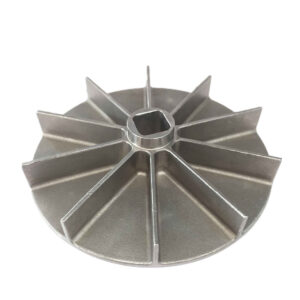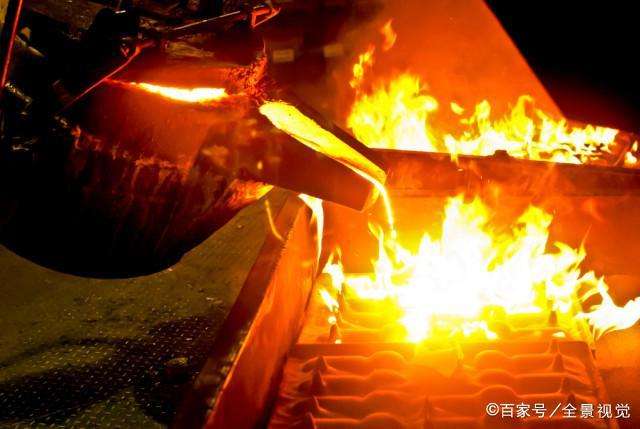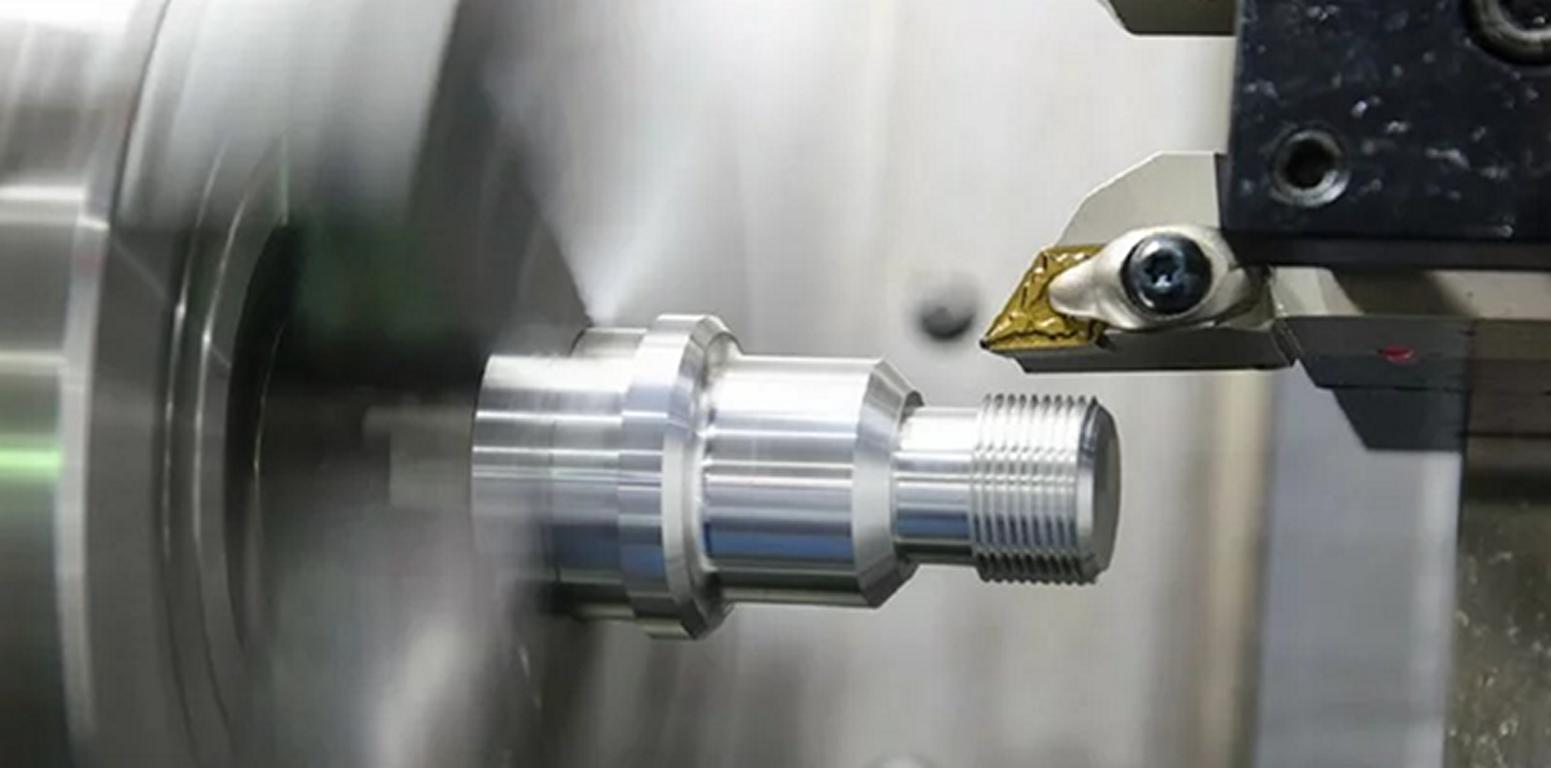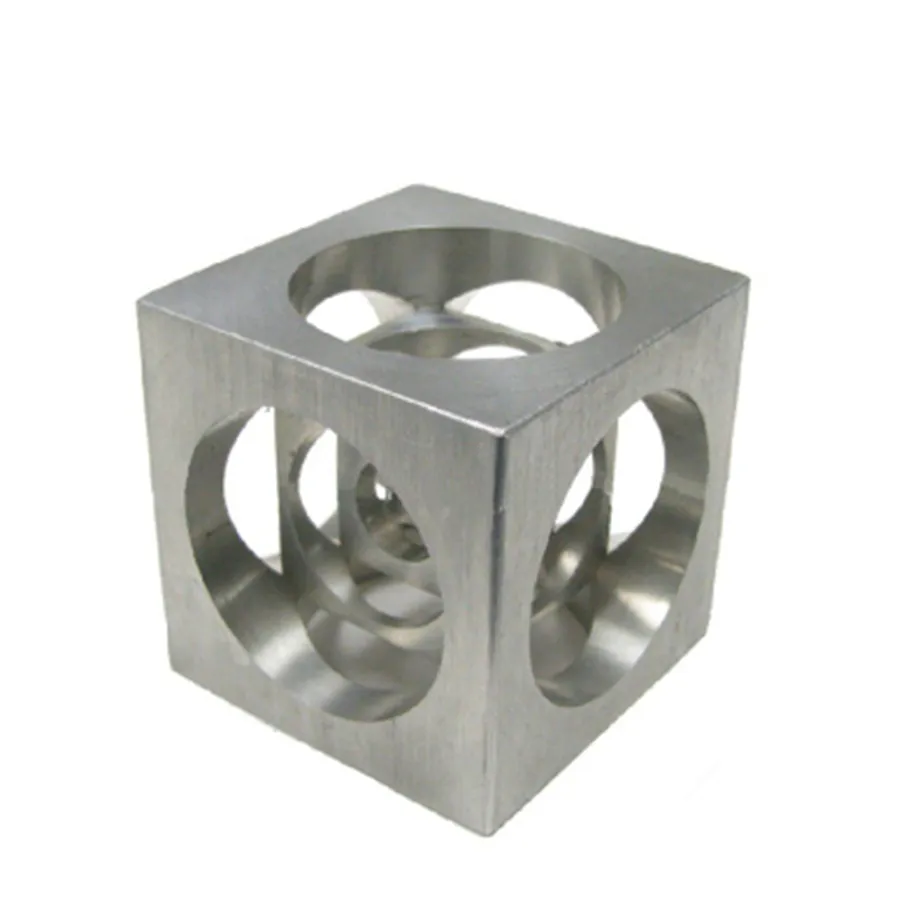
Fracture strength is designated according to the mode of applied loading: tensile, compressive, or bending. The mechanics of tensile, compressive, and bending fractures involve various stress distributions and failure mechanisms.
Tensile fracture occurs when a material is subjected to an external force that tensions it along a single axis of load, up to the failure point. It is typically characterized by a separation or rupture of the material on a plane perpendicular to the applied tensile load. Initially, the material undergoes elastic deformation, which elongates the test item in the direction of applied tensile stress. This deformation is fully recovered, once the load is removed—i.e., the component returns to its original dimensions.
As the applied load increases, localized regions of the material start to undergo necking, which is a reduction in cross-sectional area. The material stretches along crystal boundaries via a slipping mechanism and may undergo structural changes in this phase, such as work hardening.
Eventually, the load increases to the limit of the material’s strength, such that any further extension requires no additional force and may require decreasing force. At some point, after this peak force is reached, the necked region reaches a critical point at which the material can no longer withstand the applied load. This leads to rapid propagation of the fracture across the entire cross-section. This force is referred to as the ultimate tensile strength (UTS)
A compressive fracture occurs when a material is subjected to an external force that compresses it along the loaded axis. It is characterized by a bulging/crushing and eventual crumbling or tearing of the material. This often results in multiple fractures and potential fragmentation. The applied compressive load causes the material to undergo deformation, resulting in reduced height (or more rarely volume, in the case of a compressible material). The first phase of the deformation is elastic, and the material can recover its original shape/dimensions once the load is removed.
As the compressive load increases, the material enters the plastic deformation region. The material deforms plastically, exhibiting permanent changes in shape and volume. This generally involves the reduction in the compressed dimension and bulging perpendicular to the load, in the case of ductile materials. Brittle materials will, in general, fracture, as the elastic limit is exceeded, as bulging can only occur if ductility is present.
At higher compressive loads, the material reaches its ultimate strength, leading to the development of multiple cracks and fragmentation. The sample may disintegrate into smaller pieces or collapse entirely under the applied load.
Bending fracture occurs when a material is subjected to a combination of tensile and compressive stresses, as an external bending moment or force is applied. It is characterized by a fracture that typically initiates on the tensile side of the material and propagates partially or fully through the thickness.
In bending, the fibers/matrix of the material on the loaded side experience tensile stresses due to the elongation on the outer surface of the bend. That region of the material undergoes typical tensile distortions and failure. The fibers/matrix on the obverse side from the load experience compressive stresses as the inner face of the bend is shortened. The imposition of tensile and compressive stresses will, as the load increases, lead to crack initiation on the tensile side of the material. The cracking propagates partially or fully through the thickness of the material, depending upon various material properties. The displacements (strains) are generally so large in ductile materials that reliable measurements cannot be taken in the latter stages of the process.





